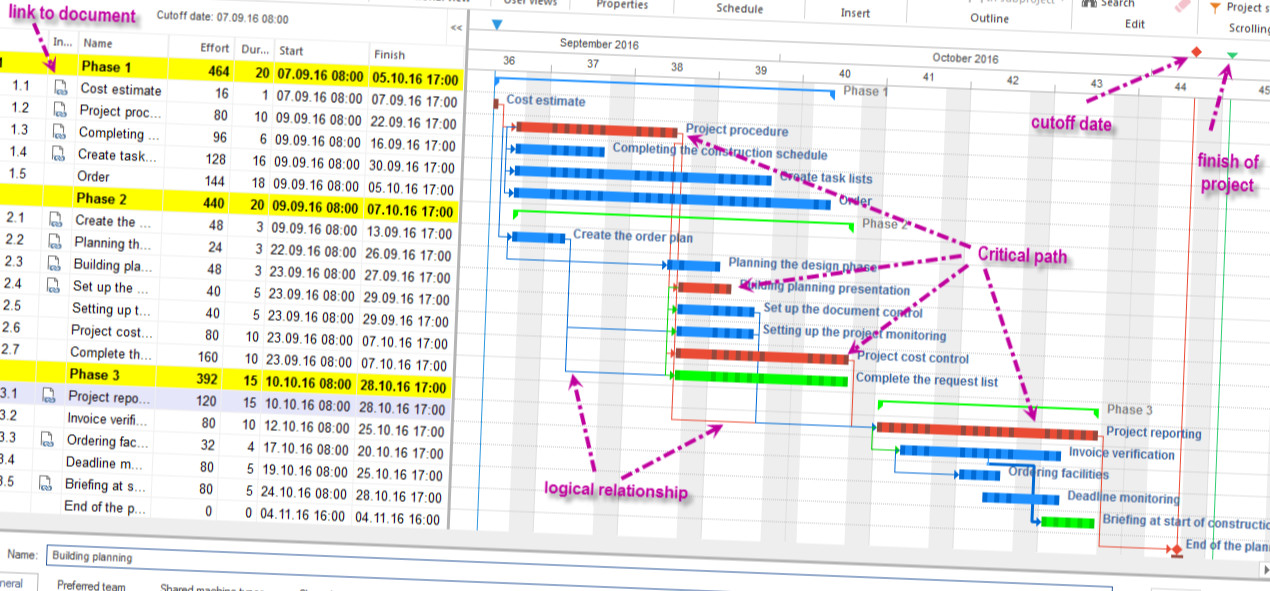When it comes to external funding, a project has traditionally been considered to have started when the funder has made a positive decision, the project has been implemented and its money can be used. The pre-grant period, i.e. the research activities and their gradual transformation into actual project preparation, is not usually seen as a clear project with defined work phases, shared responsibilities and active monitoring of its progress. With respect to scheduling, the applicants have mainly kept in mind two dates: the absolute deadline given by the funder and the somewhat more flexible internal deadlines at the university. The situation easily leads to time management problems, i.e. most of the work accumulates just around the deadlines, in which case the quality of the work and the control of the process may suffer.
Some may be surprised to learn that at the University of Turku, from the point of view of the administration, the project already exists before a positive funding decision. By the decision of the Rector (2016), the project is created when the researcher applies for funding to conduct a fixed-term study. Without going deeper into why a project is created – in administrative terms – already at the application stage, it should be noted that there are several reasons that support the idea of perceiving project preparation as a project in its own right:
- It is easier to allocate time for project-like project preparation without taking it away from other tasks
- When preparation is a project, it is easier – or even possible – to involve others, for example, to comment or prepare certain parts, thus reducing your own workload.
- Full use can be made of research support services when it is clearly agreed at the beginning of the preparation which support will be used at which stage.
There are many types of funding instruments, and not all of them require lengthy and systematic application preparation. However, Horizon 2020 consortium projects are ones that benefit immensely from organised preparation. With this in mind, we at the Research Funding unit have compiled a Gantt chart (on the TY Intranet), which tells the applicants month by month what they should do during the preparatory work, what part of the text they should prepare and what kind of support services they have available at any given time. The aim is to present the application as a project in itself that is predictable, manageable and, above all, realistic in terms of time management.
The chart starts 12 months before the end of the application period, which has provoked amused reactions: “Who starts project preparation a year before the deadline?” Probably hardly anyone, but the purpose of the chart is to outline relative time, rather than absolute time, that is, how the different work phases are positioned relative to each other. If the preparation time is e.g. 4 months or even less instead of a year, it becomes clear to the applicant how intensive (read: stressful!) work it takes to apply. The same steps must be taken regardless of the time available: attracting partners, budgeting, processing the application text, obtaining mandatory attachments, etc.
When applying for funding, time management could be defined like this: each work step can be completed in a time that does not require the applicant to compromise on quality. The Gantt chart we have drawn up includes a hidden curriculum. It seeks to show the applicant that preparing an application can take exactly the same amount of time, regardless of whether 12 or 4 months are available. From the perspective of the quality of the application, it can be decisive which one to choose, not to mention how the choice affects your coping at work or the meaningfulness of the work. The preparation of applications is increasingly taking the time of teaching and research personnel, so the “project frenzy”, as Kalle-Antti Suominen, the Vice Rector responsible for research, put it, should be given a clear time frame – and it should be kept.
Photo: Rtv 77 (CC BY-SA 4.0)
https://commons.wikimedia.org/wiki/File:Rillsoft-time-scheduling.png
